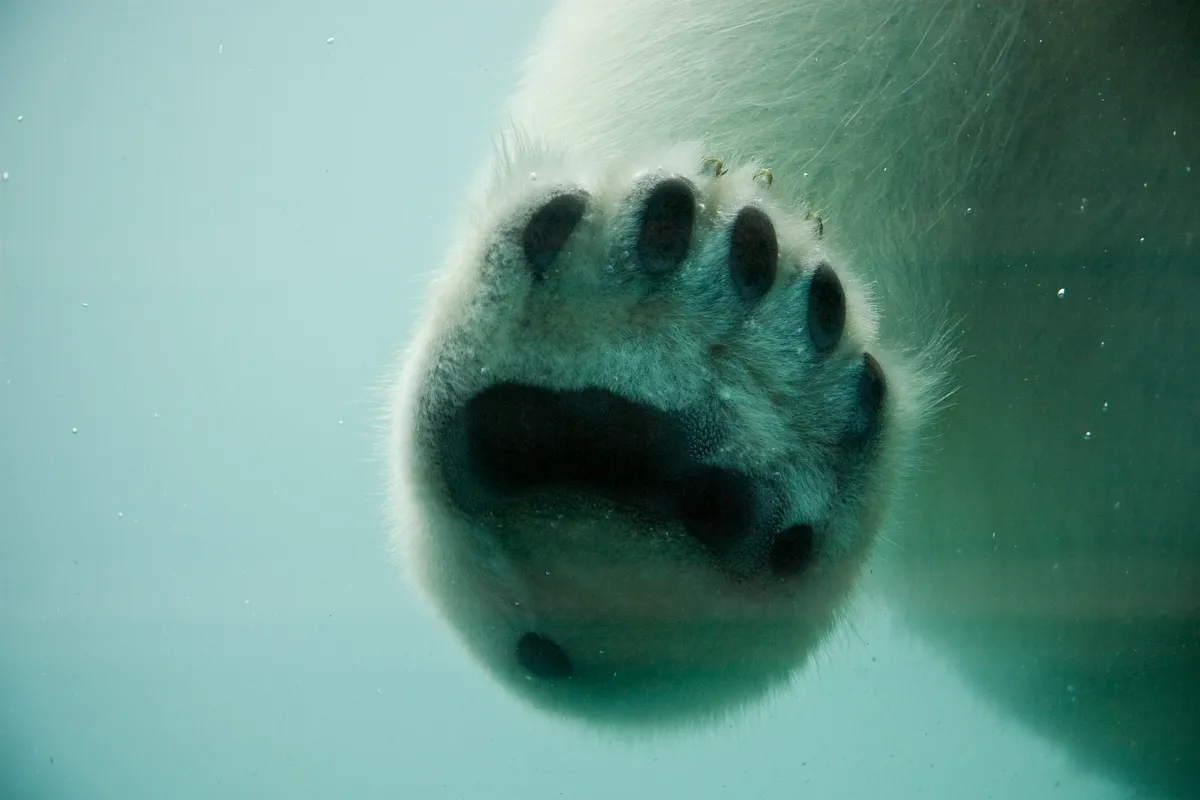As anyone who has driven in snow or ice will know, fitting the correct set of snow tyres can make the difference between travelling in a straight line and skidding all over the road.
But how can we improve on the designs that are currently available? One potential option is to turn to nature for inspiration, a practice known as biomimicry.
Thinking along these lines, an interdisciplinary group of researchers based at the University of Akron in Ohio took a deep dive into the anatomy of polar bear paws.
"We had an ongoing project for many years focused on ice; we were looking at the friction of materials and we were interested in this topic because we are in Akron and our national partners need to develop tyres with a strong grip on the road in ice and snow conditions," said Prof Ali Dhinojwala, of the School of Polymer Science and Polymer Engineering.
The team wanted to investigate the effect papillae, tiny bumpy structures found on paw pads, had on polar bears' ability to move quickly and effortlessly across icy and snow terrain.

To do this, they gathered samples of polar bear paw pads along with paw pads of two American species closely related to the polar bear, the brown bear and American black bear, and one distantly related Asian species, the sun bear.
"The quietness of the lab during COVID gave me the opportunity to connect with a variety of scientists and environmentalists across the country," said Dr Nathaniel Orndorf, a former PhD student now working as a material scientist.
"I reached out to museums, taxidermists and many others to collect and view actual samples and replicas of bear paw pads."
The team then imaged the samples using a scanning electron microscope, 3D-printed replicas and tested them in snow in the lab.
They found that the papillae on the polar bears' pads gave them better traction on the snow even though they have smaller pads compared to other bears.
The team now want to investigate other factors that may have an effect such as the patterning and profile.
"If you look at snow tires you will see that they do have some deeper treads, but this research could also show various ways to design them that could have a larger impact," said Dhinojwala.
Read more about animals: